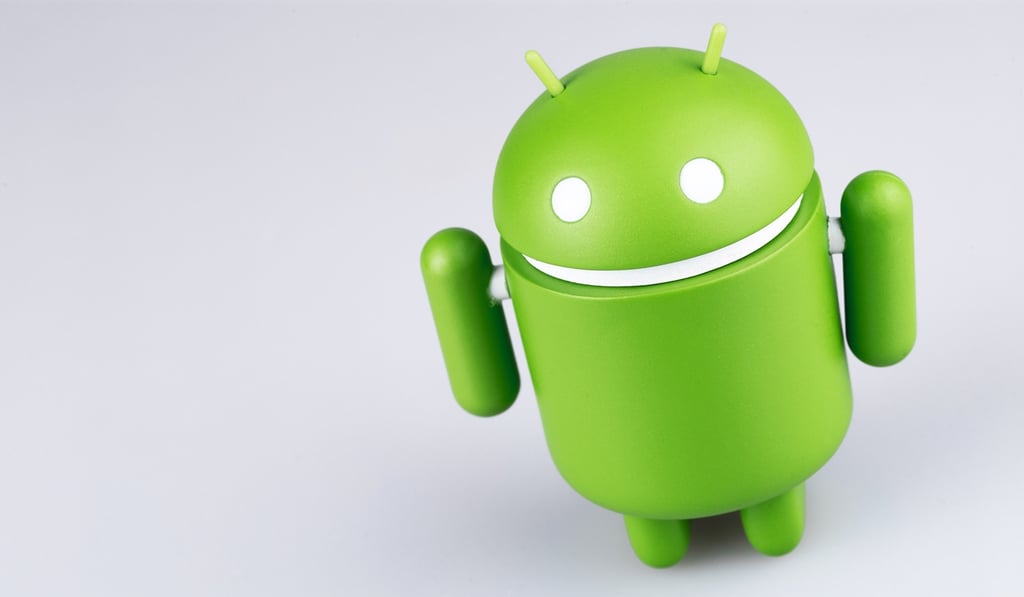Datamation content and product recommendations are
editorially independent. We may make money when you click on links
to our partners.
Learn More
As an alternative operating system, Linux has always found ways to co-exist with Windows. However, I realized recently that I had gone four years without any installation of Windows in the house. I had to wonder: is Windows support even necessary in 2016?
I’m not thinking of Samba, whose support for Windows is a matter of administration in a multiple operating system environment. Rather, I’m thinking of support for Windows on the desktop, which has a history of solutions as ingenious as they are variable.
For instance, dual-booting the two operating systems on the same machine has a history as old as Linux. Then there’s WINE, which tries to run Windows applications natively, and Ubuntu’s Wubi, a version of Ubuntu that installs to a Windows partition. More recently, installing Windows on a virtual machine with Linux as a host has become popular. There is even ReactOS, which is building a free-licensed version of Windows for those whose main objection to Windows is its proprietary license.
All these solutions have their limitations. If nothing else, their users pay in inconvenience and non-current support. However, their proliferation is a reminder that desktop Linux has been an alternate operating system, existing — however much users regret the fact — in a Windows-dominated world. For much of its history, it struggled to equal Windows.
But in 2016, the situation has changed.
The Decline of the Windows Connection
A solution for running Windows application made sense in the late 1990s. Countless productivity applications simply did not exist for Linux at the time. GIMP, for example, was in its infancy, and it was only in 1998 that StarDivision, the first ancestor of LibreOffice released a Linux version — and that was proprietary. Even if you wanted to, you could hardly run only Linux unless your needs were extremely simple.
However, LibreOffice filled Linux’s needs for office productivity. GIMP and, lately, Krita, more or less took care of the needs of graphic designers. Gradually, the emphasis shifted from the features needed to compete to compatibility with standard file formats, but that, too, has been largely solved, thanks partly to open standards for formats like PDF.
Once Linux applications started to mature, cross-platform development became more common, first with Web browsers like Firefox and Chrome, and later with applications. Instead of Linux applications lagging behind, in the first years of the millennium, they started being developed simultaneously with Windows and OS X versions.
For a long time, Linux games were a holdout, but many online games now include Linux clients. Moreover, free-licensed Linux games are becoming more common. In addition, for several years now, Steam has been offering proprietary Linux games, although not, I understand, always the latest or most popular games.
True, a few categories remain to be developed. For example, Optical Character Recognition (OCR) scanning remains limited on Linux to extracting text from documents and collapses when faced with even a low degree of formatting. Similarly, a particular PhotoShop filter may not be available, although GIMP imports many PhotoShop filters successfully.
Yet on the whole, many — probably most — users can do what they require on Linux without ever bothering with Windows. Some, of course, might be required by their employers to use specific Windows apps, but in many cases, they can use Linux-based apps and deliver output in the required format, or at least an acceptable one, all without their employer being the wiser.
No doubt users should still test their output before submitting it, but increasingly, they hardly need to resort to any of the basic strategies for interacting with Windows except every now and again. In some cases, they may find an online service or a mobile app makes a Windows installation unnecessary.
Basically, relying on open source has gone from a quixotic fantasy to a serious alternative — and one that is only becoming more practical with every year. Linux remains an alternative operating system, but increasingly it is becoming one that can stand on its own, interacting with Windows but only requiring Windows support in special cases.
Expectations and Precautions
I expect that to some people this description sounds too optimistic. Not knowing Linux themselves, they believe Linux and open source are where they were two decades ago. Others are only interested in an alternate operating system on which they can use the applications with which they are familiar. If they are offered an alternative application, it must position features in exactly the same place and use exactly the same names for features that mainstream Windows products do.
Admittedly, a minority may have genuine needs that open source has yet to meet. However, in the last decades, most of these limitations have been overcome one by one, and more limitations seem certain to be surpassed in the next few years.
For 2016, dual-booting, virtual installations of Windows or other methods of co-existing with Windows have become more a matter of caution than the necessity they once were. A few exceptions aside, the average desktop Linux user can exist today completely independent of Windows — even if some of them haven’t quite realized that fact.
Photo courtesy of Shutterstock.
-
Huawei’s AI Update: Things Are Moving Faster Than We Think
FEATURE | By Rob Enderle,
December 04, 2020
-
Keeping Machine Learning Algorithms Honest in the ‘Ethics-First’ Era
ARTIFICIAL INTELLIGENCE | By Guest Author,
November 18, 2020
-
Key Trends in Chatbots and RPA
FEATURE | By Guest Author,
November 10, 2020
-
Top 10 AIOps Companies
FEATURE | By Samuel Greengard,
November 05, 2020
-
What is Text Analysis?
ARTIFICIAL INTELLIGENCE | By Guest Author,
November 02, 2020
-
How Intel’s Work With Autonomous Cars Could Redefine General Purpose AI
ARTIFICIAL INTELLIGENCE | By Rob Enderle,
October 29, 2020
-
Dell Technologies World: Weaving Together Human And Machine Interaction For AI And Robotics
ARTIFICIAL INTELLIGENCE | By Rob Enderle,
October 23, 2020
-
The Super Moderator, or How IBM Project Debater Could Save Social Media
FEATURE | By Rob Enderle,
October 16, 2020
-
Top 10 Chatbot Platforms
FEATURE | By Cynthia Harvey,
October 07, 2020
-
Finding a Career Path in AI
ARTIFICIAL INTELLIGENCE | By Guest Author,
October 05, 2020
-
CIOs Discuss the Promise of AI and Data Science
FEATURE | By Guest Author,
September 25, 2020
-
Microsoft Is Building An AI Product That Could Predict The Future
FEATURE | By Rob Enderle,
September 25, 2020
-
Top 10 Machine Learning Companies 2020
FEATURE | By Cynthia Harvey,
September 22, 2020
-
NVIDIA and ARM: Massively Changing The AI Landscape
ARTIFICIAL INTELLIGENCE | By Rob Enderle,
September 18, 2020
-
Continuous Intelligence: Expert Discussion [Video and Podcast]
ARTIFICIAL INTELLIGENCE | By James Maguire,
September 14, 2020
-
Artificial Intelligence: Governance and Ethics [Video]
ARTIFICIAL INTELLIGENCE | By James Maguire,
September 13, 2020
-
IBM Watson At The US Open: Showcasing The Power Of A Mature Enterprise-Class AI
FEATURE | By Rob Enderle,
September 11, 2020
-
Artificial Intelligence: Perception vs. Reality
FEATURE | By James Maguire,
September 09, 2020
-
Anticipating The Coming Wave Of AI Enhanced PCs
FEATURE | By Rob Enderle,
September 05, 2020
-
The Critical Nature Of IBM’s NLP (Natural Language Processing) Effort
ARTIFICIAL INTELLIGENCE | By Rob Enderle,
August 14, 2020
SEE ALL
ARTICLES









